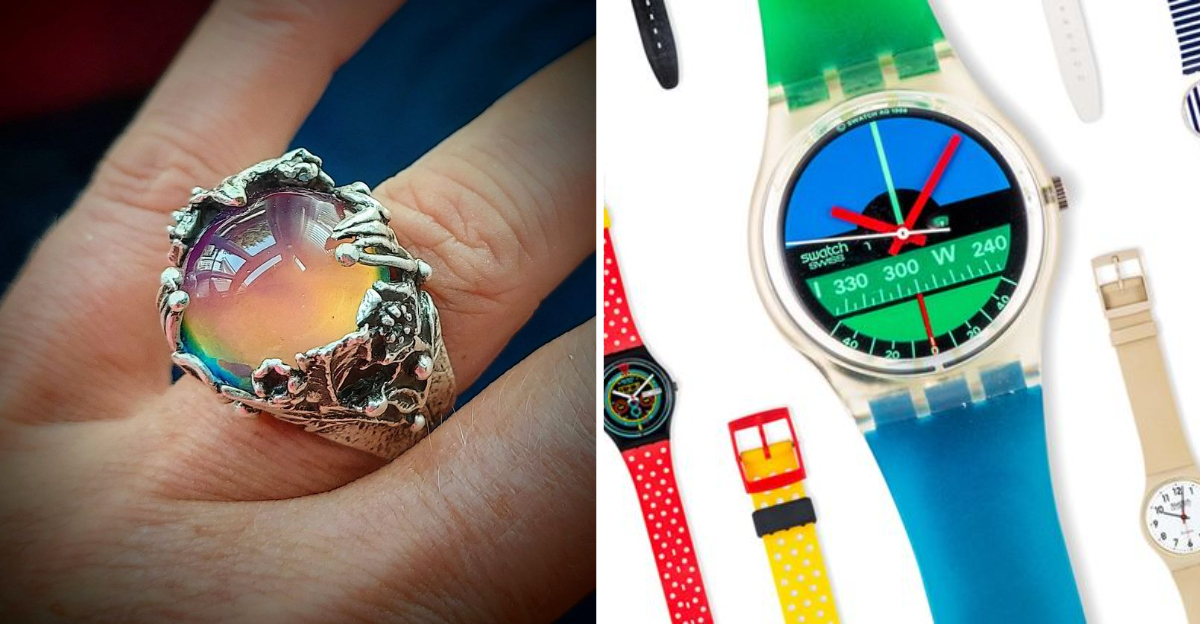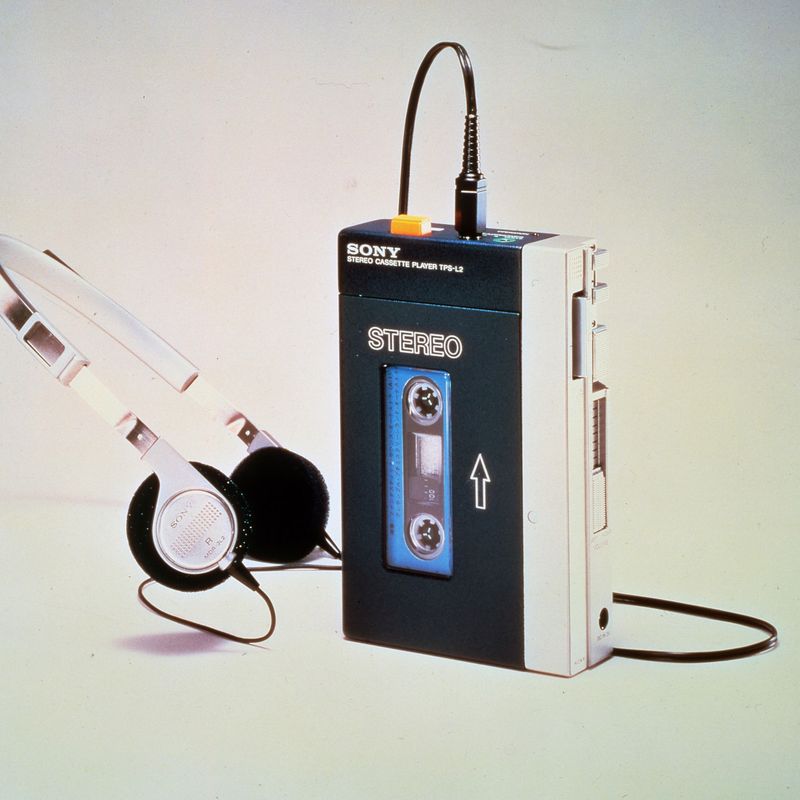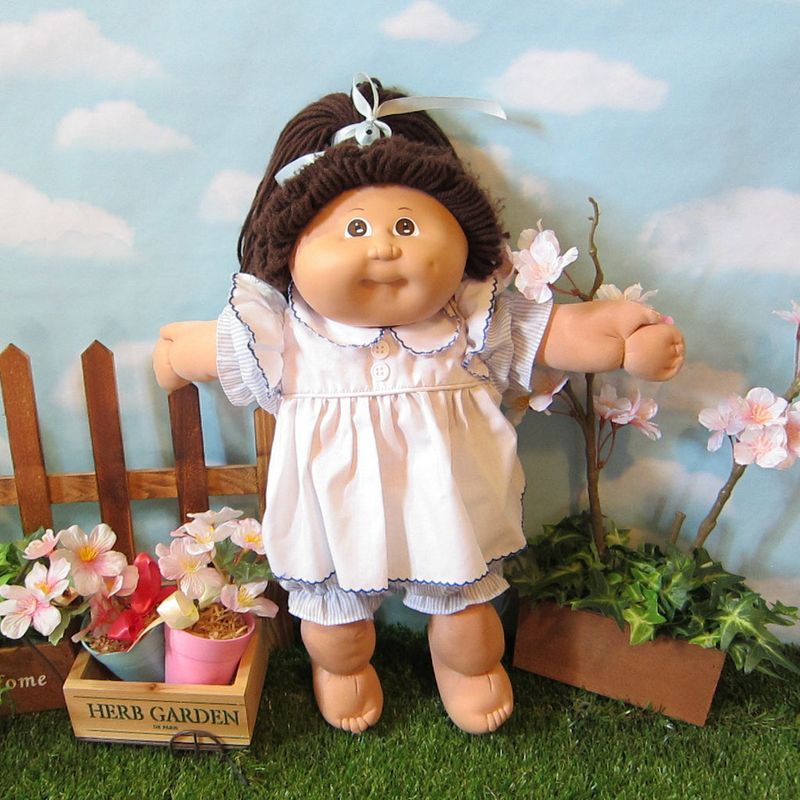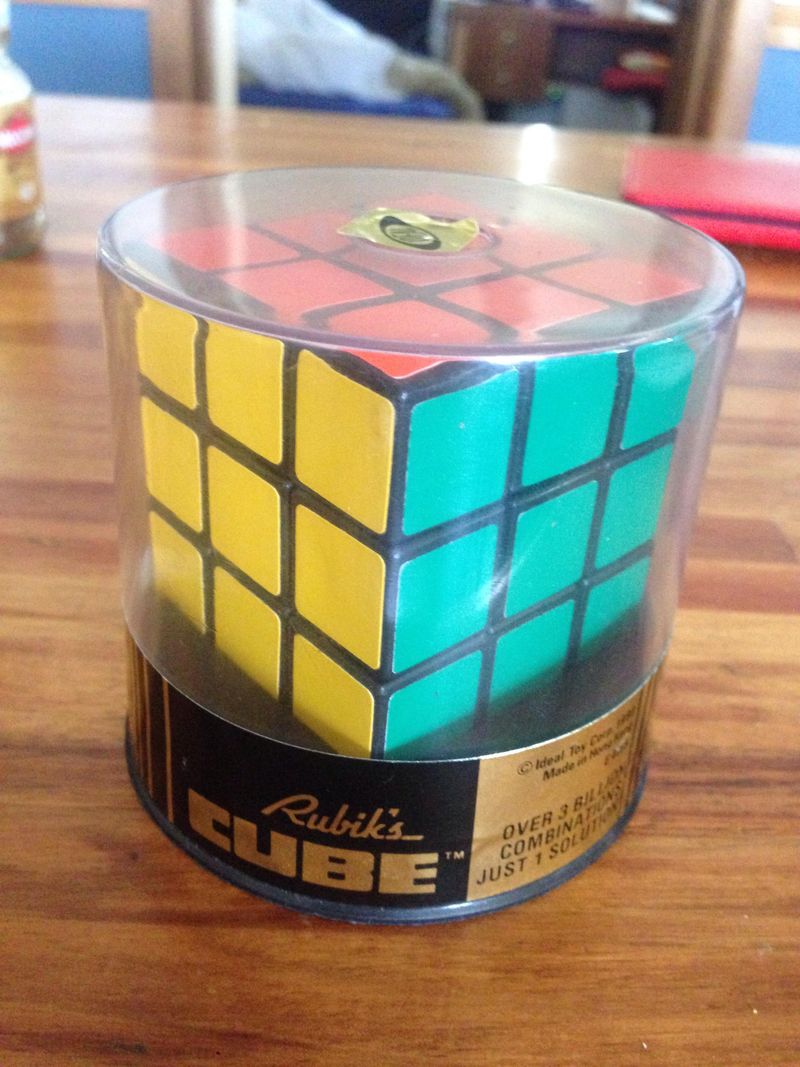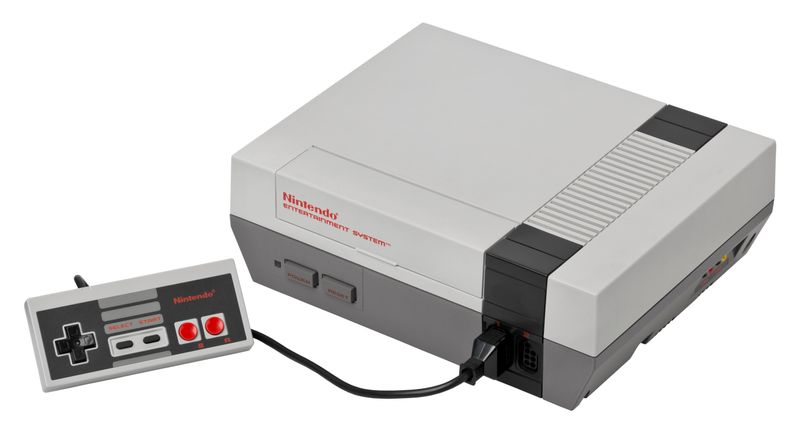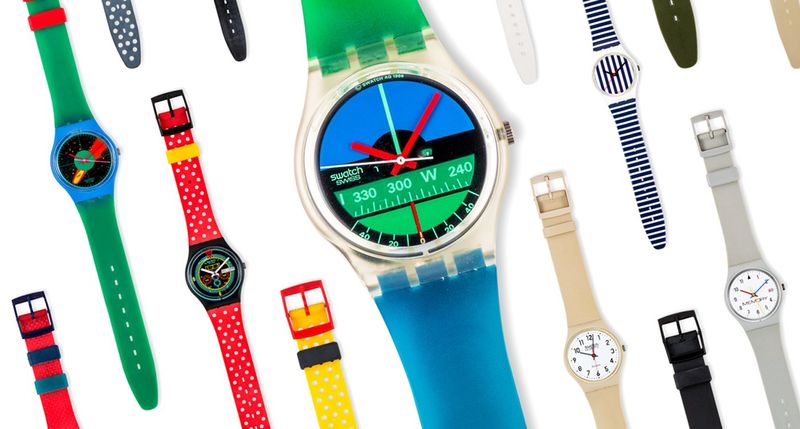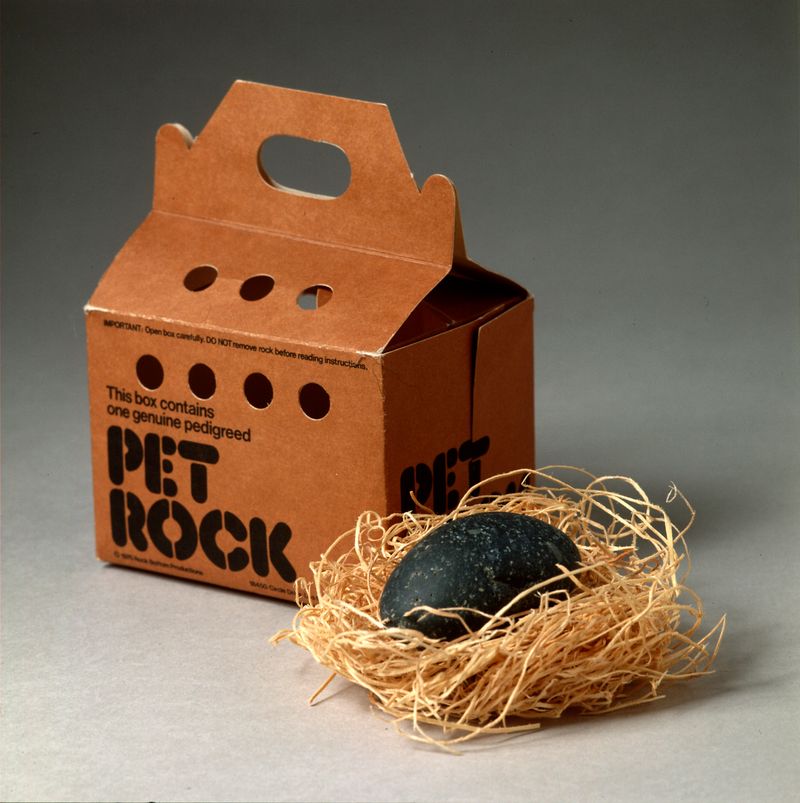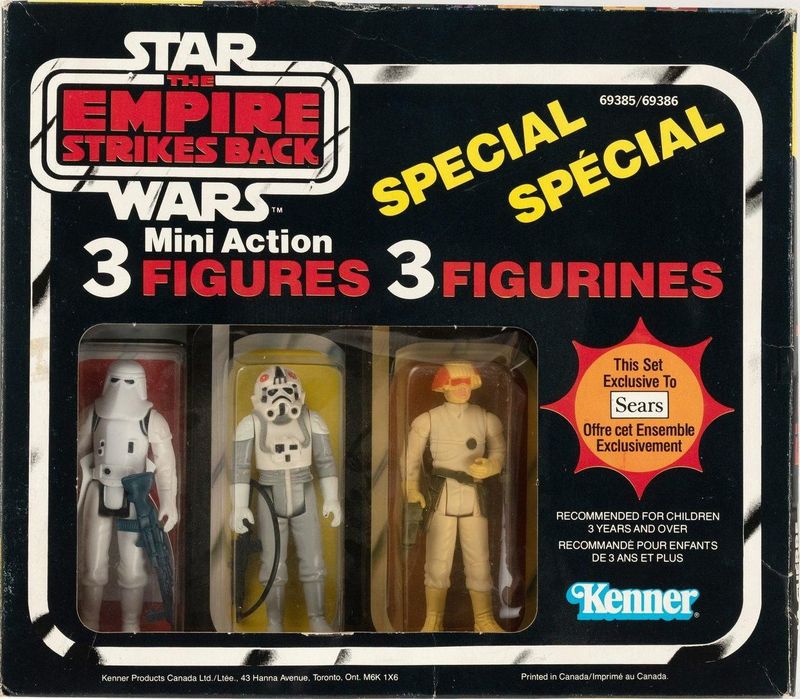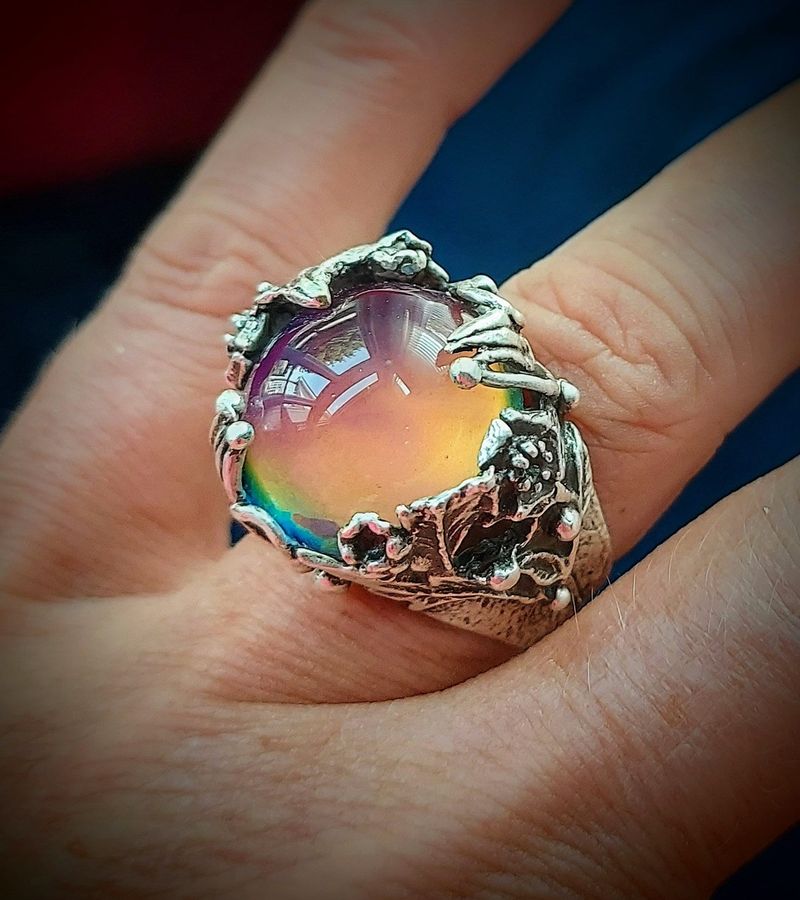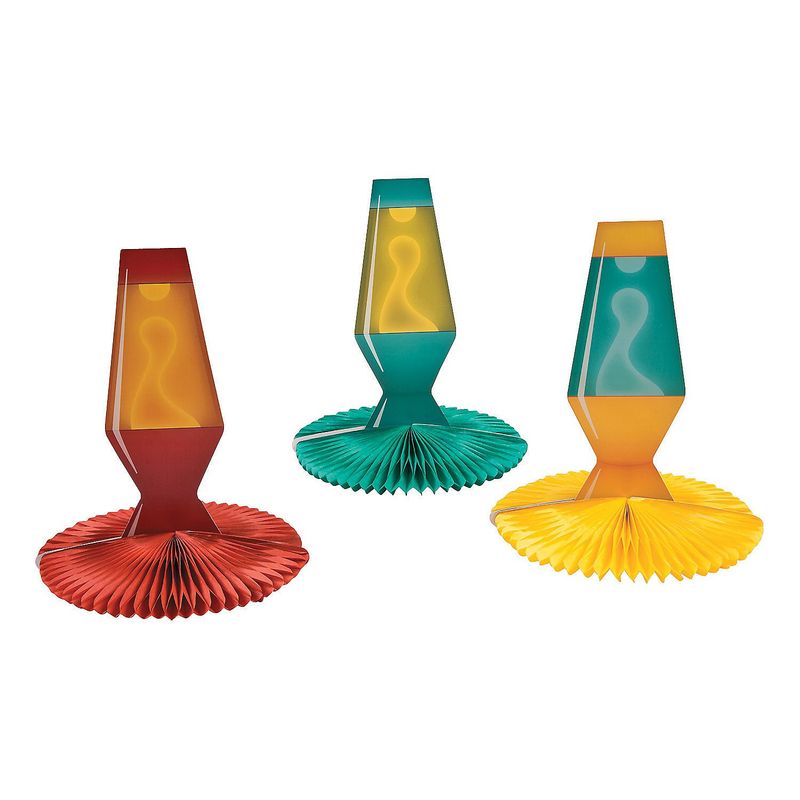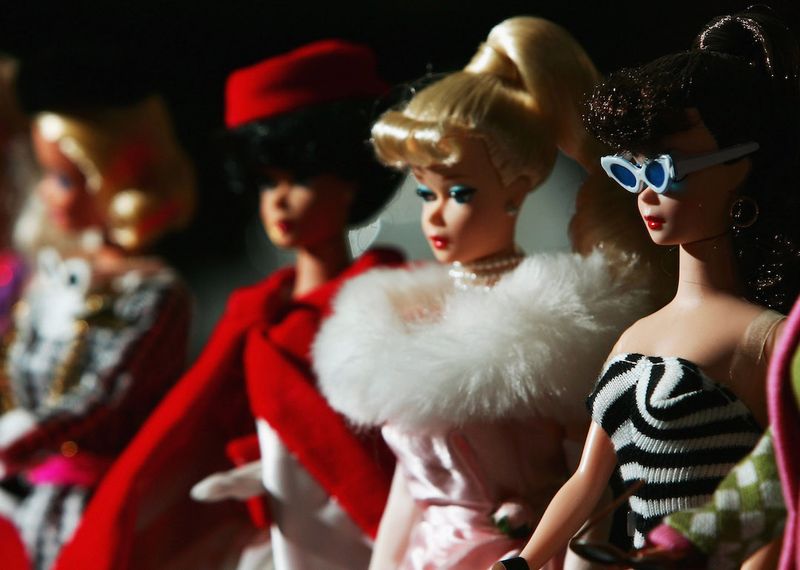Explore the iconic products that defined the decades you were born in. From the psychedelic 60s to the vibrant 80s, each era had its own unique best-sellers that shaped consumer culture and influenced lifestyles. This list highlights the standout products from each decade, capturing a slice of history and nostalgia. Whether you were born in the swinging sixties, the groovy seventies, or the dazzling eighties, discover the products that made waves during those times.
Sony Walkman (1980s)
The Sony Walkman revolutionized how we listen to music, making it possible to take tunes on the go. Released in 1979, it became a symbol of the 1980s. Music lovers could pop in a cassette and enjoy their favorite albums anywhere. The Walkman was not just a gadget; it was a cultural phenomenon. It influenced fashion, with people sporting headphones as a staple accessory. Owning a Walkman was almost a rite of passage, highlighting a shift in how music was consumed. Its popularity marked a new era for portable entertainment and personal soundtracks.
Cabbage Patch Kids (1980s)
Cabbage Patch Kids were more than just dolls; they were a sensation in the 1980s. With their unique look and individual names, each doll came with an adoption certificate. These toys sparked shopping frenzies, becoming a seasonal must-have. Parents often braved crowded stores to get one. The dolls offered children a sense of ownership and responsibility. The craze around them was unmatched, reflecting the consumer-driven culture of the decade. Today, they remain a nostalgic symbol of childhood for many, remembered fondly by those who grew up in that era.
Rubik’s Cube (1980s)
The Rubik’s Cube, invented in 1974, became a global sensation in the 1980s. Unlike any puzzle before, it challenged minds with its colorful, rotating faces. It was more than just a toy; it became a mental sport. People of all ages attempted to solve its complex rotations. Competitions sprung up worldwide, with solvers racing against the clock. Its allure lay in simplicity yet profound complexity. Today, the Rubik’s Cube remains an iconic emblem of intellectual challenge and a staple puzzle that continues to intrigue and entertain.
Nintendo Entertainment System (NES) (1980s)
The Nintendo Entertainment System, or NES, redefined video gaming in the 1980s. Released in 1985, it revived the video game industry after the crash of 1983. With iconic games like “Super Mario Bros.” and “The Legend of Zelda,” it captured the hearts of millions. The NES was not just about the games; it fostered social connections as friends gathered to play. Its impact is seen as it laid the groundwork for modern gaming. Today, nostalgia surrounds the NES, with many cherishing memories of epic gaming sessions and pixelated adventures.
Swatch Watches (1980s)
Swatch watches burst onto the scene in the 1980s, bringing an infusion of color and style to timekeeping. These Swiss-made watches were affordable, trendy, and versatile. They became an essential fashion accessory, offering a way to express one’s style and personality. Swatch watches were known for their innovative designs and bold colors. The brand reimagined traditional watchmaking, appealing to younger audiences. The excitement and creativity surrounding Swatch watches captured the spirit of the 80s – vibrant, bold, and fearless, marking them as a memorable trend of the decade.
Pet Rock (1970s)
In the 1970s, the Pet Rock became an unexpected hit. Created by Gary Dahl, the Pet Rock was as simple as it sounds – a smooth stone sold in a cardboard box. This novelty item struck a chord with consumers, offering a humorous take on pet ownership. It became a cultural phenomenon, selling millions within months. The Pet Rock capitalized on the era’s comedic and laid-back vibes, providing entertainment without the hassle of real pet care. Today, it’s remembered as a quirky symbol of 70s humor and marketing genius.
Pong (1970s)
Pong, one of the earliest arcade video games, was a sensation in the 1970s. Developed by Atari, it was a simple tennis game that became wildly popular. Pong introduced many to video gaming, laying the foundation for the gaming industry. It brought people together in arcades, creating a new social pastime. The game’s simplicity was key to its success, making it accessible to a wide audience. Pong’s impact is profound as it sparked the growth of video games into a major entertainment form, paving the way for today’s gaming culture.
Star Wars Action Figures (1970s)
The Star Wars action figures took the world by storm in the late 1970s. Produced by Kenner, these figures were among the first to capture the magic of a movie franchise in toy form. Kids could recreate scenes or invent new adventures with beloved characters. The figures’ popularity was immense, marking a pivotal moment in toy merchandising. They forged a deep connection between film and consumer products. Today, these figures are treasured collectibles, cherished by fans who experienced the excitement of the original Star Wars era.
Mood Rings (1970s)
Mood rings became a hit in the 1970s, capturing the spirit of the decade. These rings, with their color-changing stones, promised to reveal the wearer’s emotions. They turned into a fad, symbolizing self-expression and the era’s fascination with personal exploration. Mood rings were more than accessories; they were conversation starters. People enjoyed speculating about what their mood revealed. While the science was questionable, the allure was undeniable. Today, mood rings are a nostalgic reminder of the whimsical trends of the past, representing a piece of 70s pop culture.
Lava Lamps (1960s)
Lava lamps emerged as iconic symbols of the 1960s, capturing the decade’s psychedelic vibe. With their mesmerizing, slow-moving wax blobs, these lamps provided a unique ambiance. They were a staple in many homes, often associated with the counterculture movement. The allure of lava lamps lay in their hypnotic and soothing displays. They became more than just lighting; they were pieces of art. Even decades later, lava lamps maintain their charm, evoking nostalgia for an era of free expression and artistic exploration. Today, they remain a timeless decorative piece.
Barbie Doll (1960s)
The Barbie doll became a defining toy of the 1960s, capturing imaginations worldwide. Introduced by Mattel, Barbie offered a new way of play, with dolls that could be styled and dressed. Each doll told stories through fashion and accessories, inspiring creativity. Barbie reflected changing cultural norms, embracing diverse roles and careers. The doll’s impact was significant, influencing generations of children. Barbie became more than a toy; it was a symbol of empowerment and possibility. Today, the legacy of Barbie continues, evolving with the times while holding onto its iconic status.
